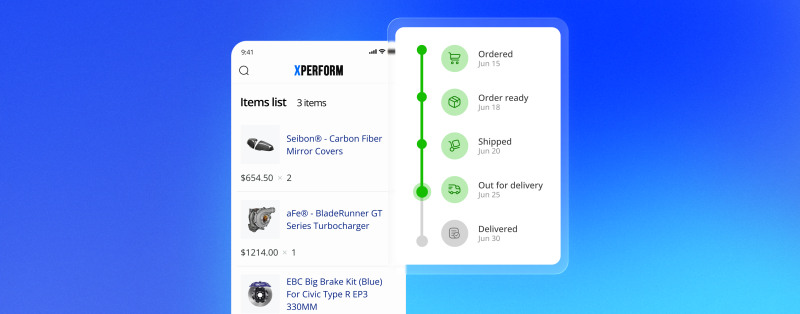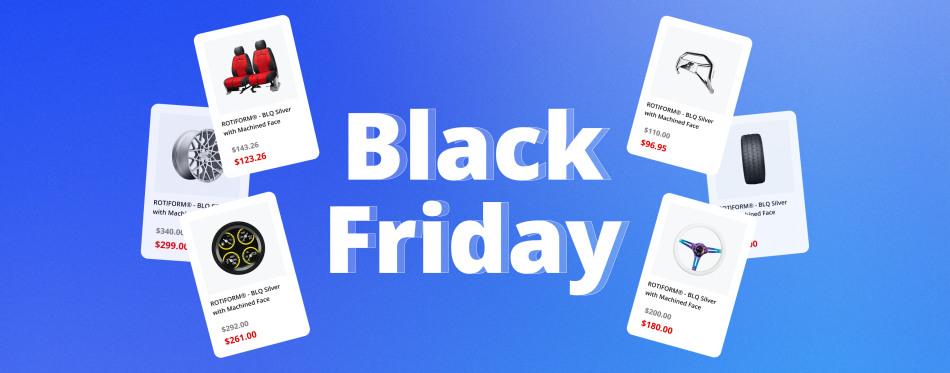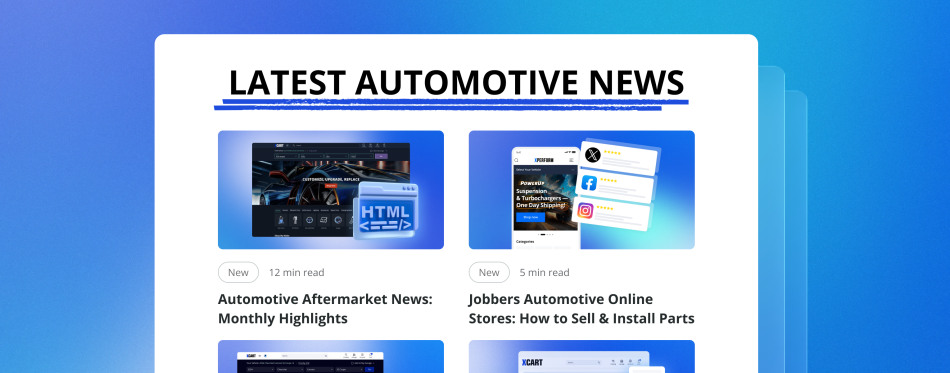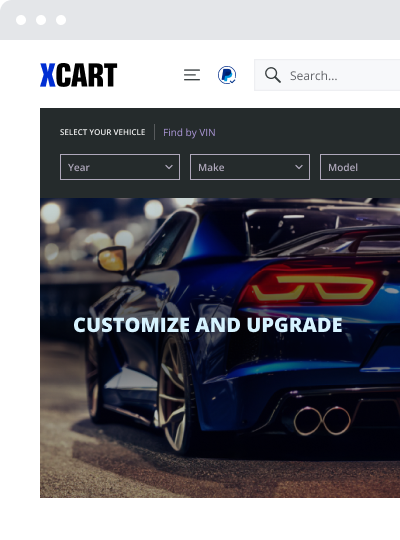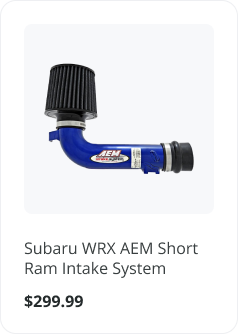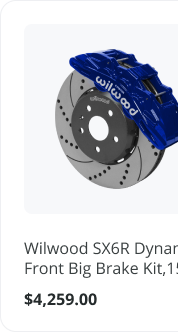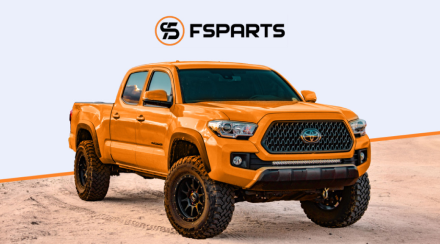Master Auto Parts Shipping: A 6-Step Checklist
Running an online auto parts business is a challenge in itself. You handle a complex inventory that ranges from tiny, delicate components to heavy engine blocks and oddly shaped body panels. The real test is not just selling the part, though — it’s getting it to your customer quickly, safely, accurately, and without destroying your profit margin.
A poor shipping process costs you money, time, and customers. A great one builds loyalty and boosts your bottom line. If knowing how to ship auto parts has long been your opportunity for growth, look no more. Read this step-by-step guide and find a 6-step checklist to master your parts shipping services. This is a great place to start!
1. Auto Parts Delivery Starts with Product Data. Polish It
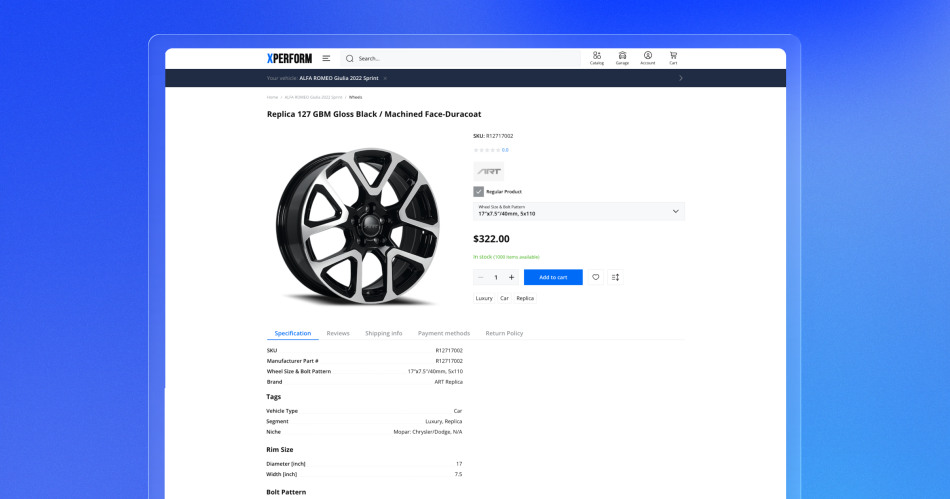
Before you can pack a box or print a shipping label, you must have accurate data. You cannot create an efficient shipping strategy without it. Every auto part in your catalog needs detailed information.
Weight & Dimensions
Accurate weight and dimensions are essential for calculating shipping costs. Incorrect data is exactly what leads to surprise surcharges from carriers.
Hazmat Flags
Items like batteries, airbags, and certain fluids are hazardous materials. They require special packaging, labels, and carrier services.
Fitment Data

Your eCommerce platform should manage this complex data. X-Cart, for example, handles complex catalogs with year/make/model fitment, which you can then link to shipping rules.
This foundational data, managed within your X-Cart store, is what powers all the steps that follow.
2. Know Your Car Parts Packaging Needs, Including Heavy Items

Proper packaging is your first line of defense to prevent damage and control costs.
For Heavy Car Parts
Use sturdy boxes (double-walled or triple-walled) or crates for items like brake rotors or engine blocks.
For Delicate Components
Use anti-static bags for electronics and foam padding or bubble wrap for sensors and lights. You need to prevent movement inside the box.
For Oversized Items
Bumpers, exhausts, and body panels are oddly shaped. They need custom boxing or freight packaging to avoid damage and oversized fees from parcel shipping companies.
Carriers use dimensional weight, or Dim Weight, which is a calculation of a package’s size. A large but light box (like a plastic bumper) can cost more to ship than a small, heavy one. You can reduce wasted space to save money.
3. Choose the Right Method for Auto Parts Shipments
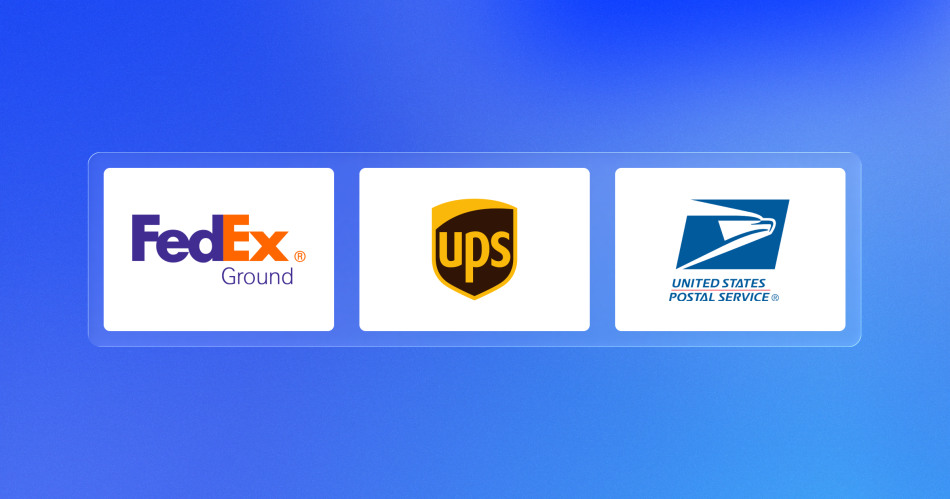
Since you cannot use the same shipping method for a filter and a transmission, choosing the right service class becomes your daily financial decision.
Parcel (e.g., FedEx Ground, UPS, USPS)
This is your go-to for most car parts under 150 lbs. It’s ideal for your small to medium-sized shipments.
LTL (Less-Than-Truckload) Freight
This is a way to go for any auto part over 150 lbs. LTL freight shipping places your crated engine or pallet of tires on a truck with other shipments. It is the only cost-effective way to ship large car parts.
Full Truckload (FTL)
You might use full truckload services if you send bulk orders to commercial garages or distribution centers.
4. Control Your Shipping Costs, Especially for Large Car Parts
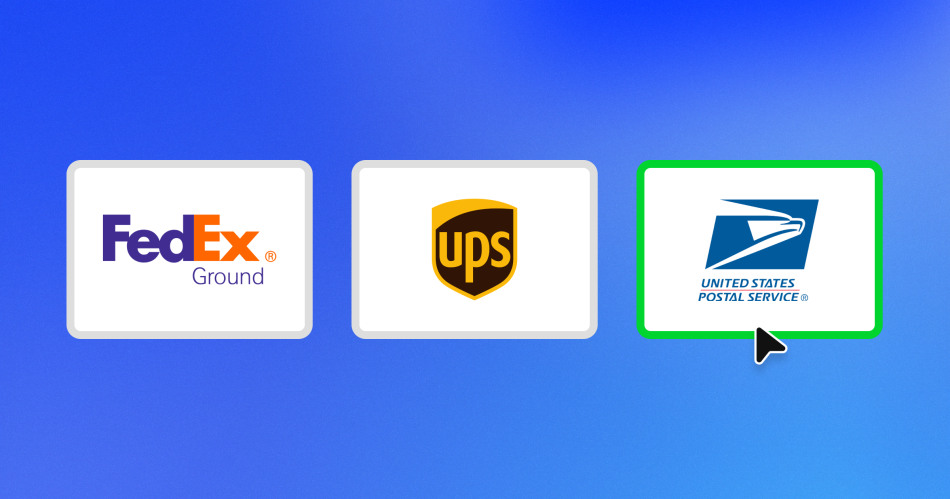
High shipping costs are the number one profit killer for auto parts sellers. That is why you absolutely do not want to settle for default retail rates.
The best strategy is to compare carriers for every single shipment. A shipping platform integrated with your store can instantly show you the best shipping rates from all your carriers. For one shipment, UPS may be cheapest. For the next, a regional carrier or USPS Flat Rate might save you $5.
These platforms also give you access to pre-negotiated, discounted shipping rates that are much lower than what you can get on your own. You get immediate cost savings on every label you print.
5. Automate Your Shipping Workflow
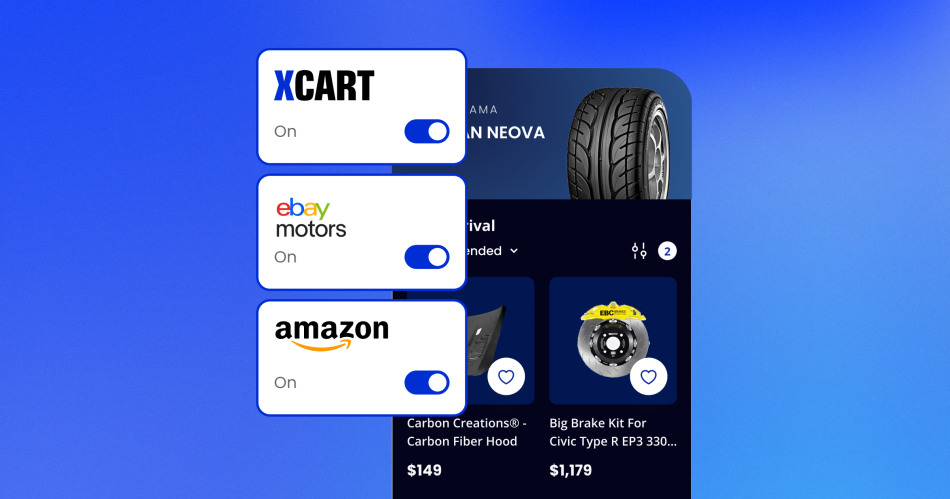
This is the most important step for growth. Manual entry of addresses and copy-pasting tracking numbers is slow, expensive, and full of errors. The solution is to integrate your X-Cart store with a multi-carrier shipping platform. You will be able to use a single command center for all your auto parts shipments.
- One dashboard: Pull all your orders from X-Cart, eBay Motors, and Amazon into one place.
- Automation rules: Create rules to streamline fulfillment. For example: “IF order weight > 150 lbs, THEN assign LTL freight carrier.” or “IF SKU = ‘battery’, THEN apply Hazmat label.”
- Batch printing: Stop printing shipping labels one by one. Select 100 orders and print all labels at once.
- Inventory management: When you ship an order, the system automatically sends the tracking number back to X-Cart and notifies your customer. It also updates your inventory levels across all your sales channels to prevent overselling.
6. Manage Post-Purchase and Tracking
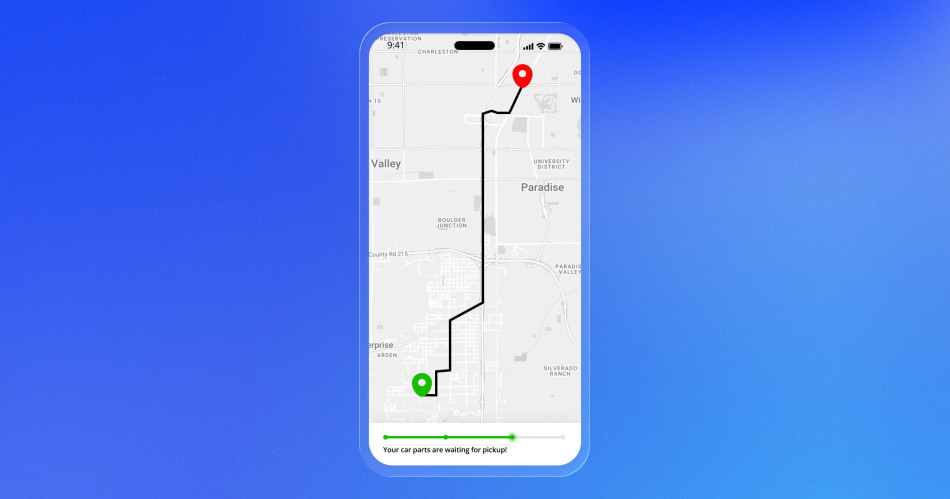
The shipping car parts job is not done when the truck leaves. Your customer now wants to know, “Where is my order?”
An integrated system solves this. As soon as you print the shipping label, the tracking number is automatically sent to your X-Cart store and emailed to the customer. This transparency builds trust and stops endless support calls. It provides a professional auto parts delivery experience from checkout to your customer’s garage.
Master Your Automotive Parts Shipping with the Right Tech
You cannot master parts shipping with spreadsheets and manual processes. Not because it is too old-school, but because you manage the products this versatile. Success depends on a powerful tech stack.
It starts with a robust eCommerce platform like X-Cart to manage your complex product data and inventory. It ends with an integrated shipping solution to automate your fulfillment, control shipping costs, and keep your customers happy.
Would you like to learn more about how X-Cart integrates with leading shipping and fulfillment partners? Let’s talk!
About the author

